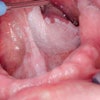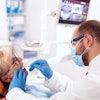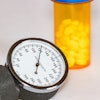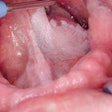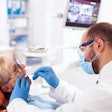In U.S. adults, higher decayed, missing, or filled teeth (DMFT) scores and untreated caries may be associated with worse self-reported overall health, according to a study recently published in Frontiers in Oral Health.
Including oral health in routine health checkups and raising public awareness about the oral-systemic link may improve patient care, the authors wrote.
“Our data shows that oral diseases continue to represent a significant obstacle and affects the general health,” wrote the authors, led by Fahad AlAli of the West Mubarak AlKabeer Polyclinic Ministry of Health in Kuwait (Front Oral Health, July 14, 2025, Vol. 6, 1590604).
This study used data from the 2015-2018 U.S. National Health and Nutrition Examination Survey (NHANES), a cross-sectional survey conducted by the U.S. Centers for Disease Control and Prevention using a multistage sampling method to represent the U.S. population. The sample included 11,566 U.S. adults and involved both clinical dental exams and standardized questionnaires, they wrote.
Dental assessments were performed by dentists using visual-tactile methods to evaluate the presence of dental caries and count all teeth. Participants rated their overall health on a scale from “excellent” to “poor.” Key oral health indicators included the DMFT index, untreated cavities, and the number of missing teeth.
Each unit increase in DMFT was linked to a 2% higher likelihood of reporting fair to poor general health (p < 0.01). Each additional case of untreated dental decay was associated with a 38% increase in the odds of reporting fair to poor health (p = 0.004), they wrote.
Similarly, every missing tooth increased the odds by 43% (p = 0.010). These associations remained significant after adjusting for factors like age, sex, race/ethnicity, education, income, and smoking status.
However, the study had limitations. The use of NHANES data, collected at a single point in time, may have limited the ability to determine causal relationships or track changes over time, the authors added.
“Fostering collaboration between medical and dental professionals might enhance patient care and promote preventive dental measures,” they concluded.

